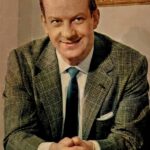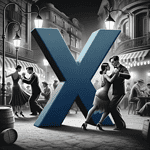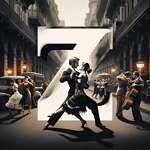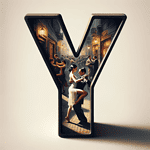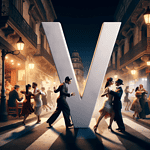The 1940s in Argentina, often referred to as the “Golden Age,” was a time of significant cultural flourishing, especially for tango music. This era saw an unprecedented integration and popularity of tango in various forms of entertainment and social settings.
Radio and Cinema Influence:
During this period, the radio played a pivotal role in popularizing tango music, with its twenty private stations featuring almost 90% live performances. By 1942, Buenos Aires alone had twenty broadcasters, along with thirty-seven medium wave stations throughout the country. This exposure helped tango bands and musicians gain prominence in cafes, nightclubs, neighborhood clubs, cabarets, and social and sports clubs across Buenos Aires.
Moreover, the film industry also contributed to the tango craze, particularly with the works of Manuel Romero and Rodolfo Sciammarella, who wrote numerous tango-themed stories and songs. This period also saw a rise in tango composers, performers, lyricists, directors, and singers, who collectively shaped the soul of the 1940s.
Cafes, Confectioneries, Cabarets, and Dances:
The cultural hub of Corrientes Street and its cafes became iconic sanctuaries for tango. These cafes were the pulse of popular taste, with waiters taking song requests from patrons to the orchestra conductors, who then popularized these songs on the radio and in recordings. Notable cafes included El Nacional, El Marzotto, and El Tango Bar, among others.
Confectioneries, offering more space than cafes, became popular venues for dancing. Renowned ones like Sans Souci, Le Toucan, and Montecarlo played a significant role in tango’s social aspect.
Cabarets also played a crucial part, with some, like Chantecler and Marabu, becoming regular haunts for famous tango orchestras and musicians such as D’Ariezo, Carlos Di Sarli, and Pichuco.
Permanent dance halls like Palermo Palace and the expansive Parque Japones in Retiro hosted significant tango events. Major football clubs and social clubs also regularly organized dance evenings, often featuring new tango compositions.
National Industry and Cultural Representation:
This era marked a strengthening of the national industry and reaffirmed tango’s position as a symbol of Argentine culture. Buenos Aires itself underwent a transformation to accommodate the new tango figures, works, and orchestras that would become historical landmarks.
In conclusion, the 1940s in Buenos Aires were a defining period for tango, witnessing its resurgence and cementing its status as a frontline protagonist in Argentine culture, as evidenced by numerous recordings, national cinema, and the vibrant scene on Corrientes Street.

